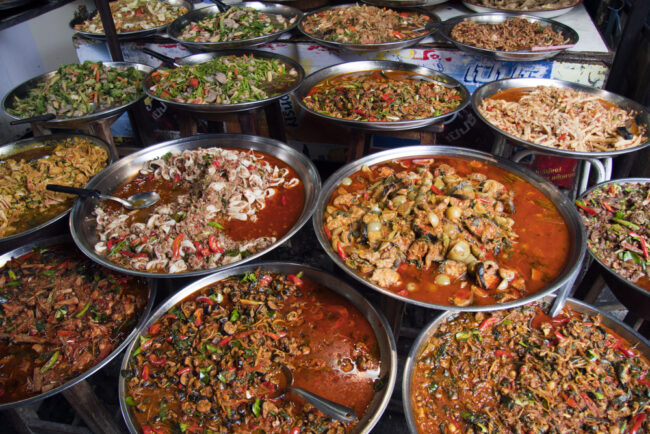
One of the first things you notice when you come to Thailand is the abundance of Street Food Vendors. Sadly, many visitors avoid them for fear of food poisoning.
Eating Thailand street food can be safe as long as proper precautions are taken.
Tips for Choosing Thailand Street Food
Here are some tips for eating street food safely in Thailand:
• Choose vendors with lots of customers
• Avoid prepared meals, glazes, and sauces
• Look for food with the least number of ingredients
• Only eat what is being cooked at the time
• Avoid dishes that have been in sunlight and on the grill too long
• Buy fruits that come with a peel, such as dragon fruit, mangosteen, and pineapple
• Use common sense and follow your instincts
• Street food is probably safer than some enclosed restaurants as you can see them cooking it.


